Asbestos
Asbestos containing materials and products may be present in some homes.
If you are concerned about any suspect materials in your home, consider that it may contain asbestos until proven otherwise. You must not carry out any structural repairs or other home improvements to your home, apart from cleaning and basic decorating, without our permission. You may not be given permission if there is a likelihood of removing or damaging asbestos products.
Any unplanned structural damage to your property that may have exposed asbestos products must be reported to us immediately.
This section addresses concerns and questions about asbestos in the home. Click the links below to help you navigate this page.
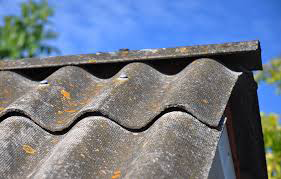
What is asbestos?
Asbestos is a naturally occurring fibrous substance obtained from mines and quarries throughout the world. These fibres are very strong, hard wearing and resistant to fire, heat and chemicals. These properties together with cheap availability led to its use in a wide range of building materials and products, which were often used as fire and heat proofing, or reinforcement and bulking agents. Properties which were built or had building work done on them between 1945 – 1980 are most likely to contain asbestos materials.
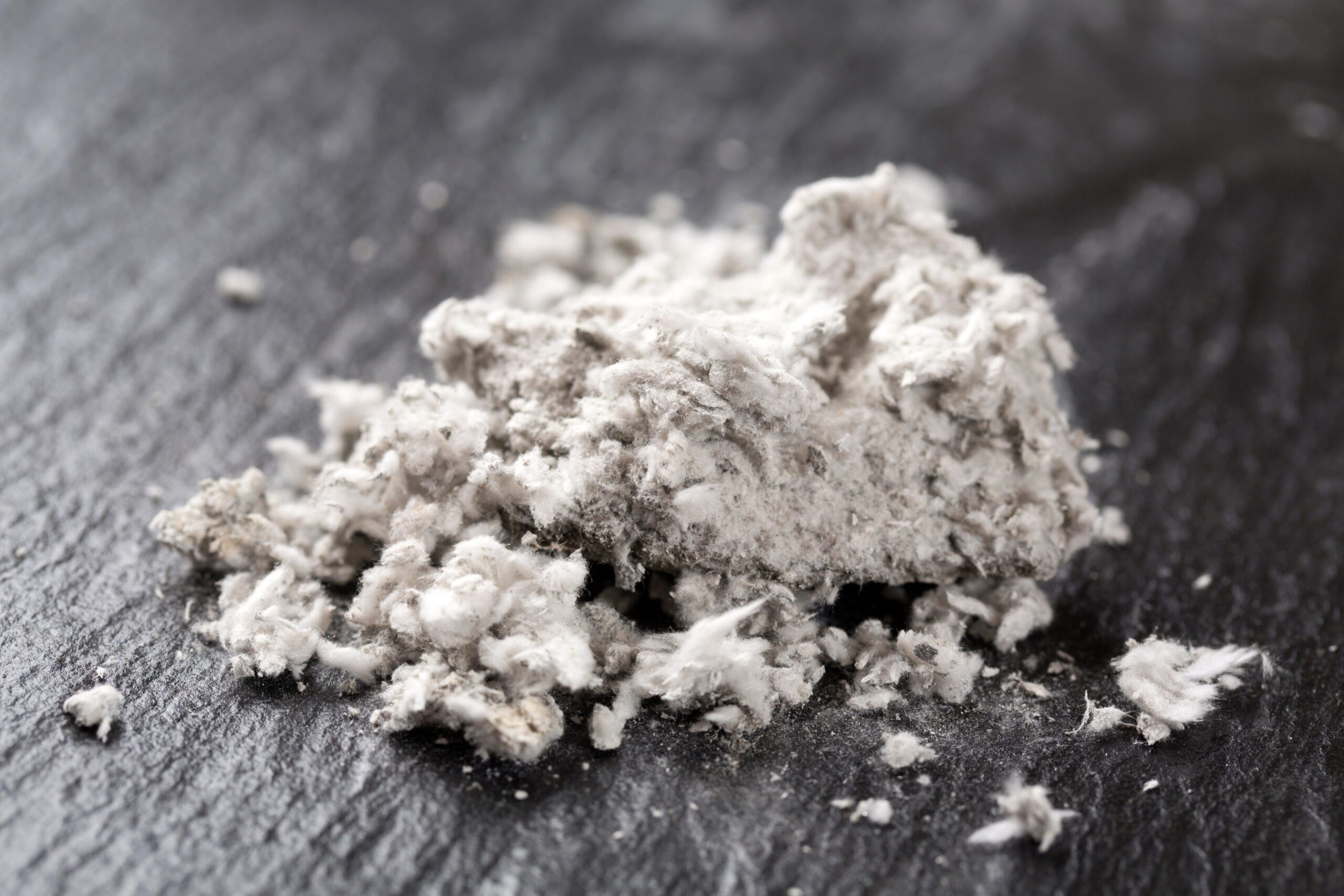
Why may asbestos be a problem?
Asbestos is the name given to a group of fibrous minerals found naturally. Asbestos fibres are stronger than steel and not affected by heat or chemicals. This has led to them being used in a wide range of building materials. Asbestos products are found in most homes.
When materials containing asbestos become damaged, they can release asbestos fibres into the air. These fibres are so small they are invisible to the naked eye and can be inhaled deep into the lungs. When asbestos fibres are inhaled there is a risk of lung diseases including cancer. The higher the number of fibres inhaled the higher the risk.
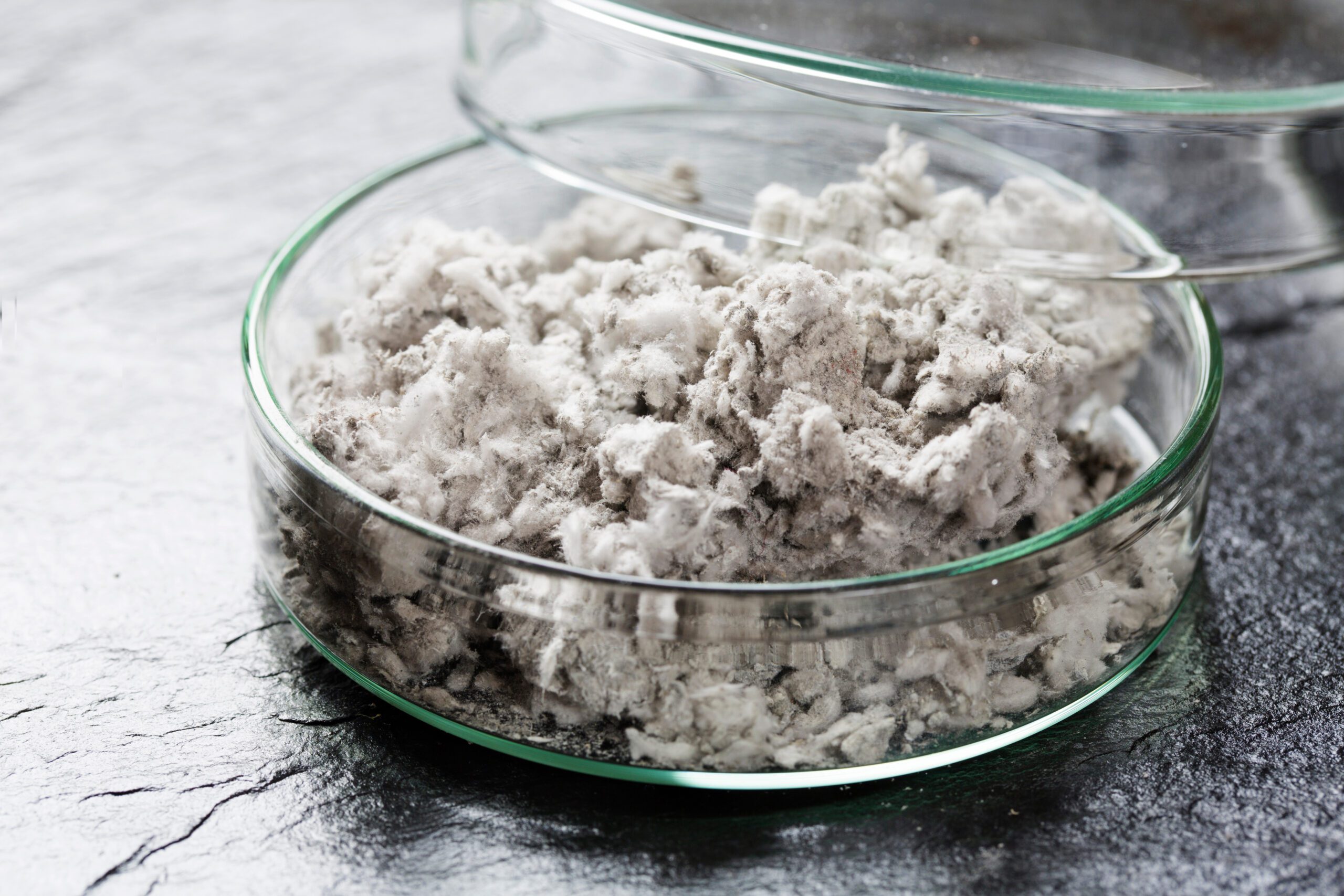
What do LHP do to manage Asbestos?
LHP will continue to gather information on the location and condition of materials containing asbestos. This will be done through:
- Carrying out Asbestos Management Surveys to all property Archetypes within LHP’s estate.
- Carrying out R&D (Refurbishment & Demolition) Surveys, which are carried out prior to any work LHP carry out which interfere with the building fabric (such as kitchen / bathroom refurbishments, other major works).
LHP will monitor Asbestos in communal spaces within blocks / schemes via annual re-inspections of the known present Asbestos containing materials (ACM’s).
If Asbestos is found within your property and is in a good, un-damaged condition, LHP may leave the Asbestos in place, and provide you with guidance on how to avoid disturbing the areas affected.
During inspection / survey, if Asbestos is found to either be damaged, or in a position where it could be damaged, LHP may remove the Asbestos containing materials. If this is the case in your property, LHP will work with you to arrange and carry out the removal works.
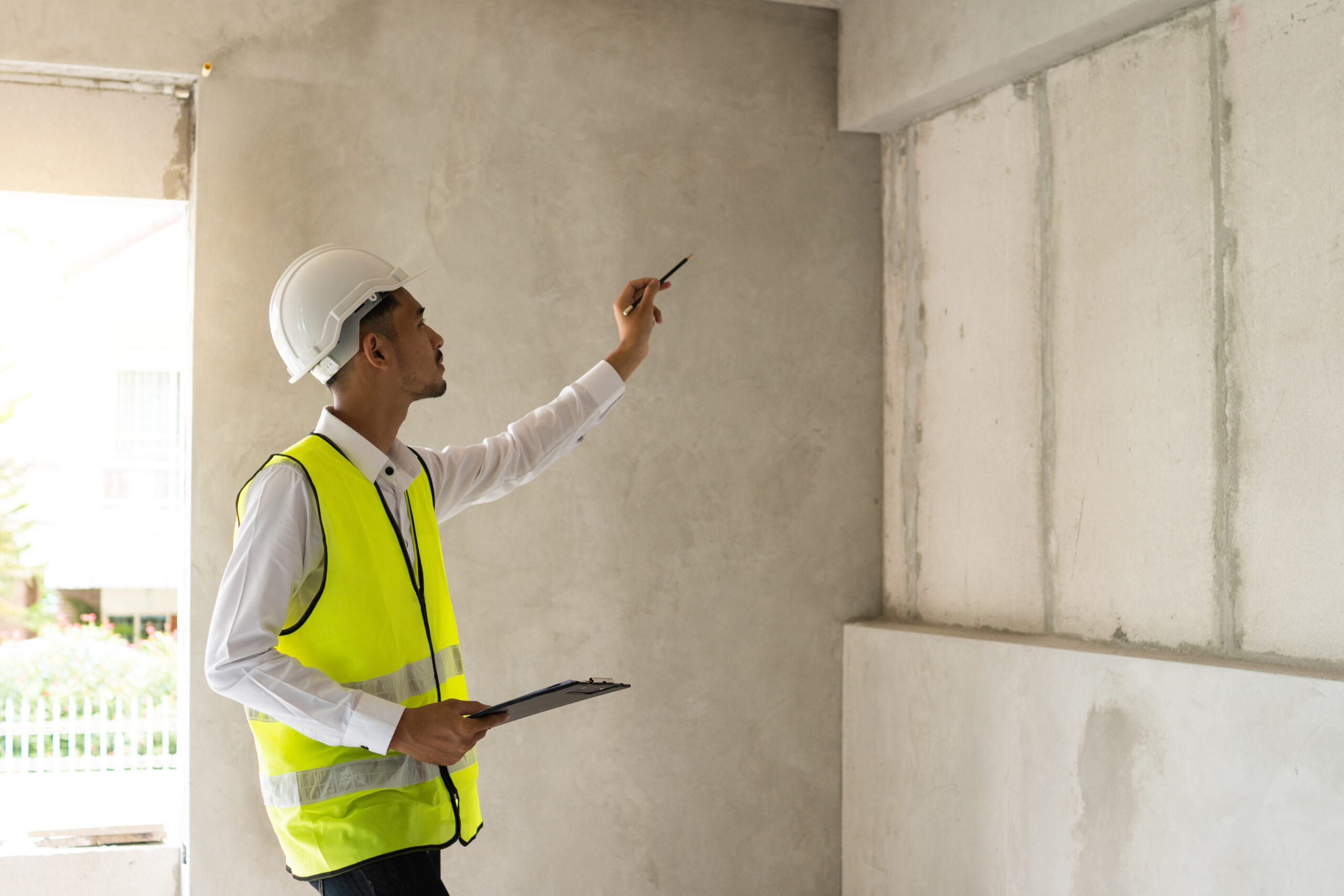
Where asbestos is most commonly found?
Outside your home
- Soffits and fascia boards (these are boards around the edges of your roof)
- Guttering and downpipes
- Outlet pipes from fires and boilers
- Roof tiles
- Corrugated cement sheeting – usually on sheds and garages
Inside your home
- Textured coating (ARTEX) – usually before 1990
- Fire stop panels (inside heater cupboard doors or near heat sources)
- Ceiling and wall boards
- Floor tiles (thermo-plastic)
- WC cisterns made from composite materials
- Outlet pipes from fires and boilers
- Electrical mains fuse cupboards
- Inset panels, fiber gaskets to gas fires or open/solid fuel burning type fires
- Bath panels
- Insulation on water pipes and tanks
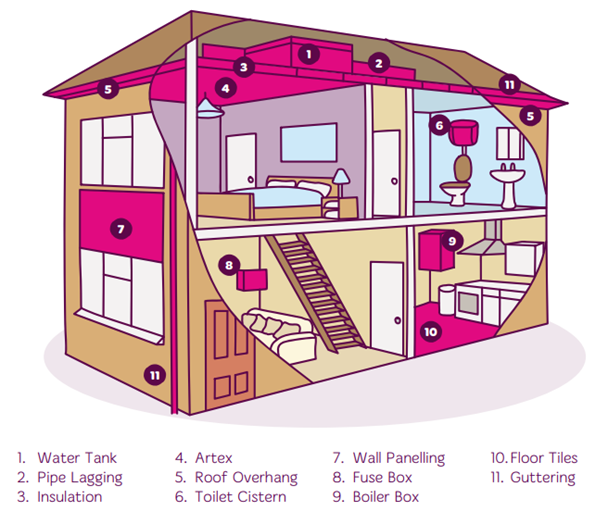
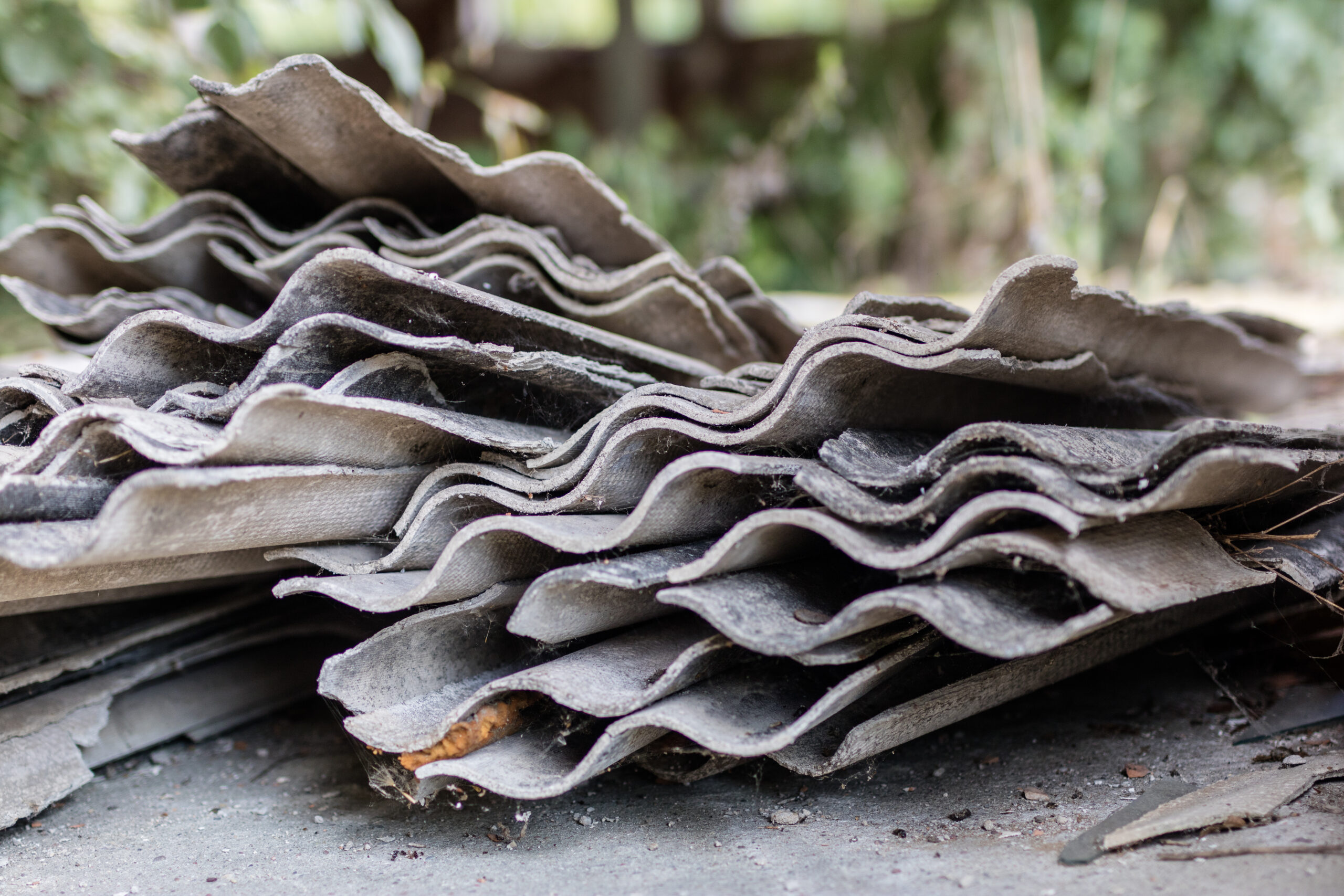
Decorating and DIY
If you have asbestos materials in your home, extra care should be taken when you are doing any DIY.
- You must not attempt to work on sprayed asbestos, lagging or insulating boards.
- Do not drill, cut or disturb asbestos.
- Do not scrape or sand asbestos materials before painting and decorating.
- You are advised to cover over existing decorations rather than try to remove them.
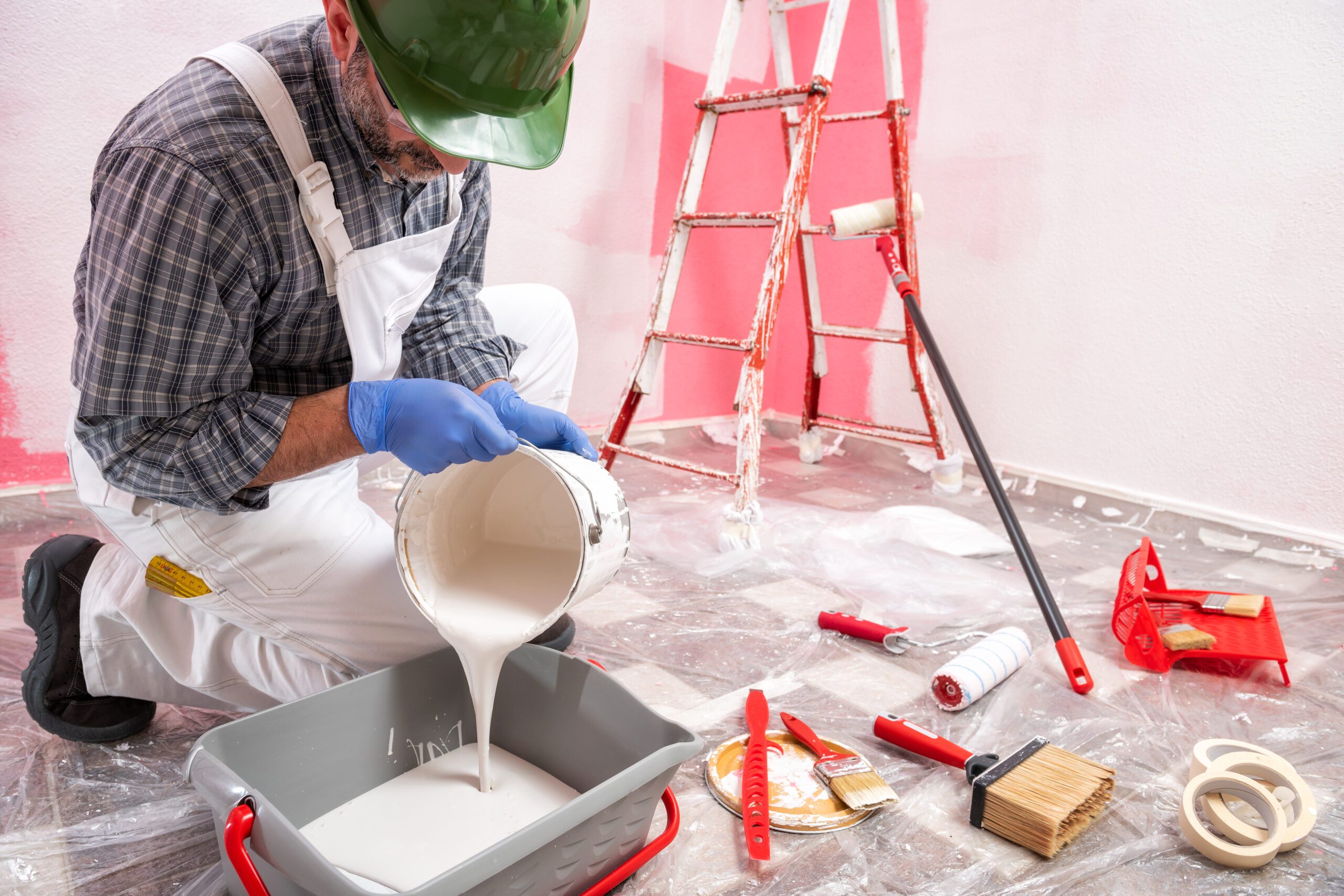
Advice – dos and don’ts
Do
- Always wear protective equipment, e.g. face mask if you are doing any DIY work.
- Soak wallpaper before removing, if possible, use a steam stripper and gently peel away the paper before re-decorating.
- If you think that an asbestos containing material has been damaged, contact LHP immediately.
Do not
- Do not dust, sweep, or vacuum debris that may contain asbestos.
- work on, damage or remove materials containing asbestos
- sand down, drill or scrape off Artex when it is dry
- drill, cut or sand materials you think may contain asbestos
- break off pieces or break up large pieces of materials that could contain asbestos
- jet wash or clean asbestos cement products
- remove old floor tiles or Lino – instead, leave them in place and lay new floor coverings over them
- remove textured coatings from ceilings or sand any areas where the paint is flaking, instead wash areas to get rid of flaking paint if needed.
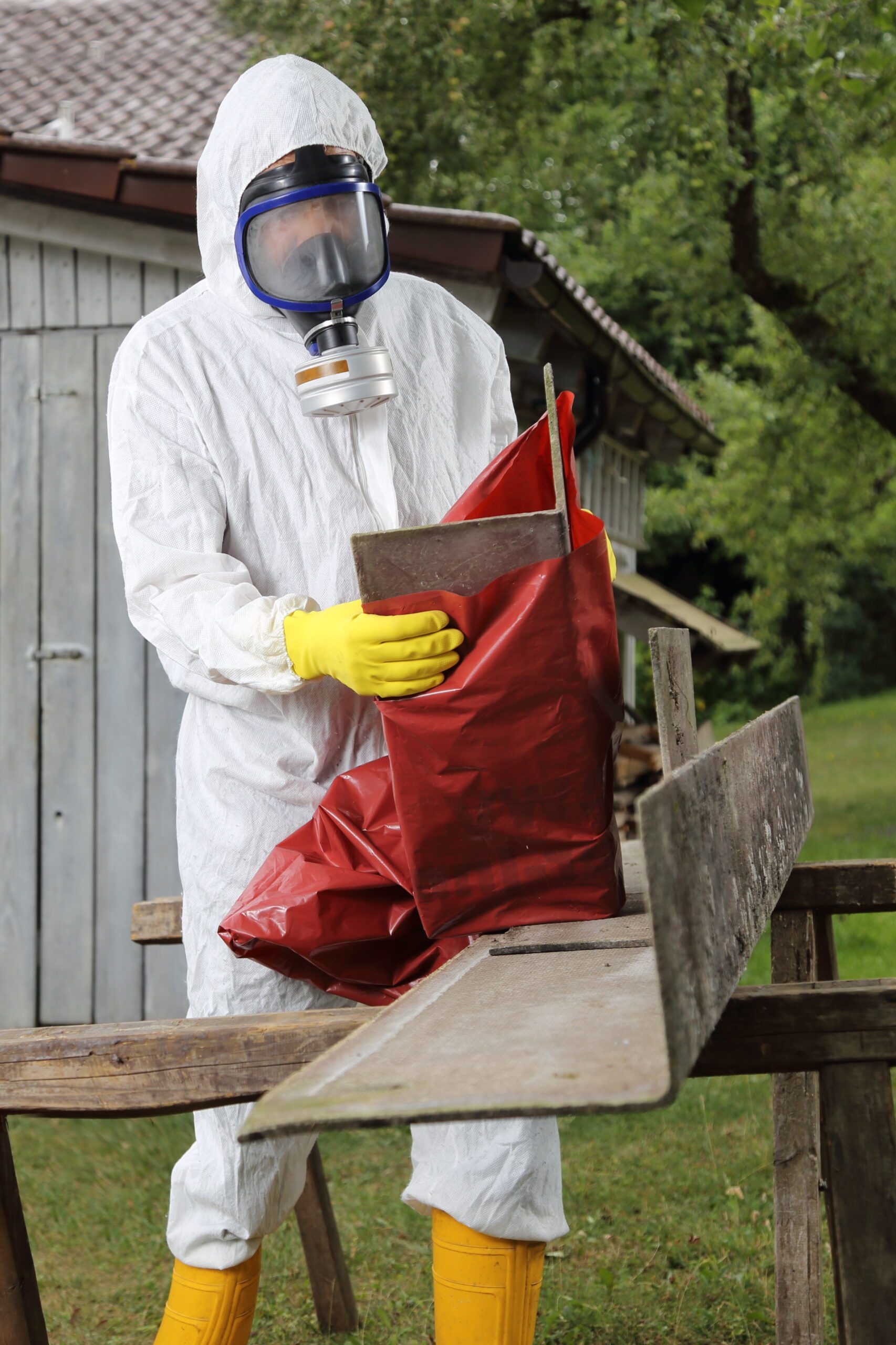
Asbestos waste
Do not place asbestos waste in household bins. Do not attempt to remove or clear away asbestos waste left on or near your property by others. It must be disposed of safely at a licensed waste site. To arrange removal of asbestos waste please telephone us on 0345 604 1472.
Our trades people, contractors and surveyors are trained to recognise and work with asbestos safely. Please ask us if you have any concerns.
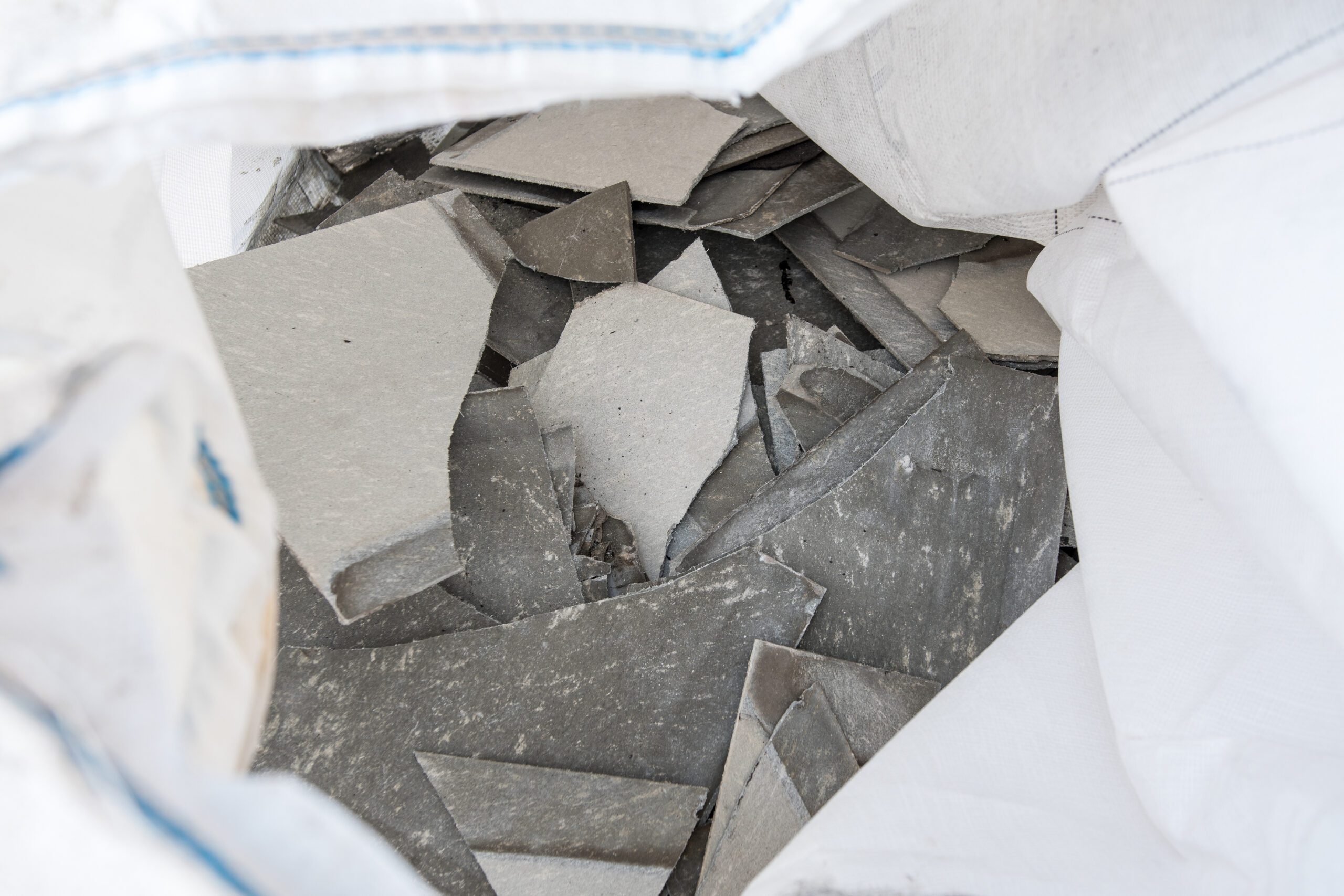
Contact us
If you have any concerns about asbestos in your home or you need any more advice, please contact us on 0345 604 1472 or email us.